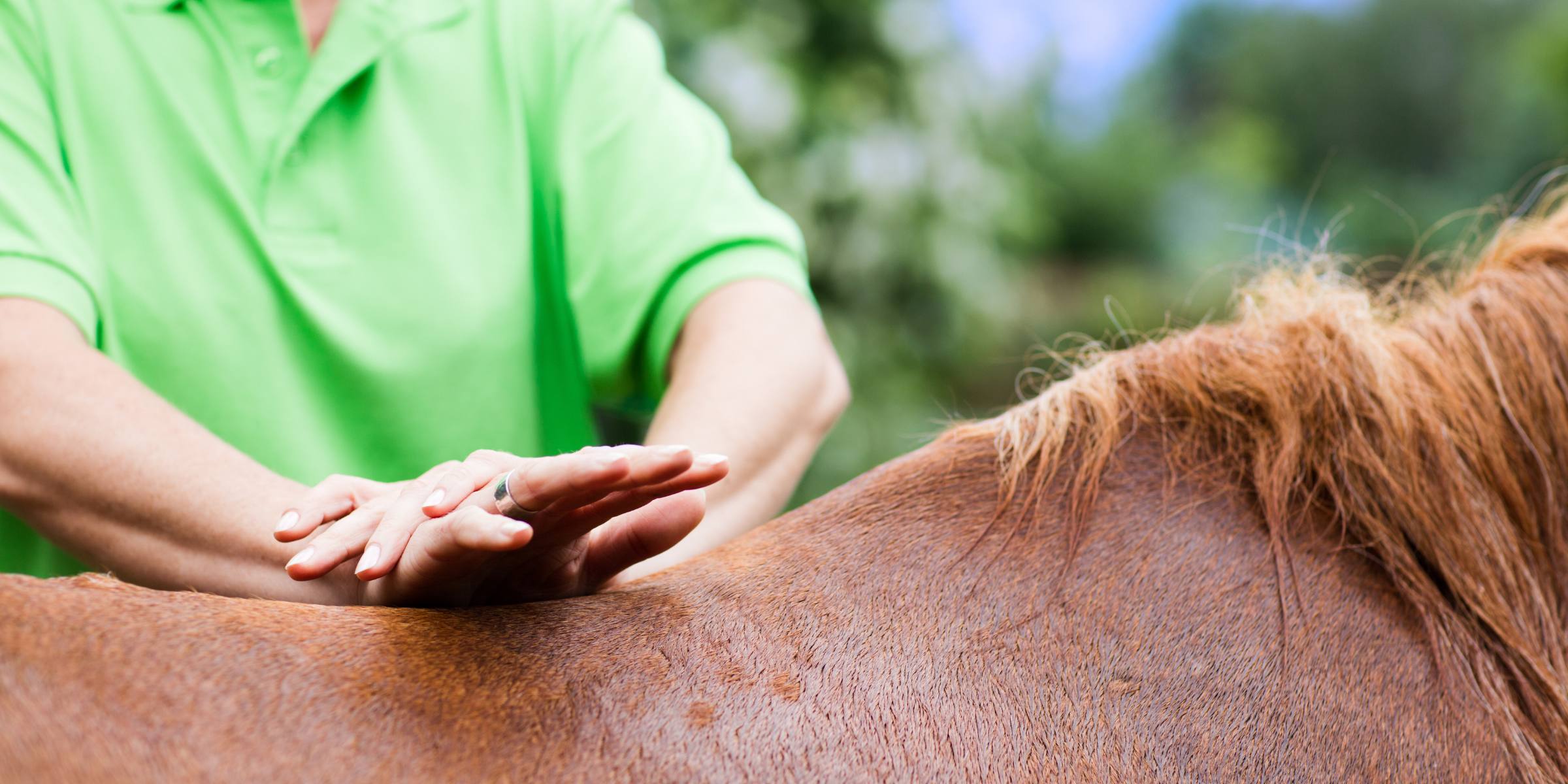
Pain management is a big deal for us as humans, as most of us will struggle with some sort of pain during our lives. But pain is not an experience limited only to the human race. Indeed, our animal friends also experience pain and can benefit greatly from having it alleviated. The good news is several pain management methods are effective for both humans and animals. Read on to find out what they are.
Bandaging
For some injuries and conditions in both humans and animals bandaging can work very well to help alleviate pain. This is because the bandage serves several purposes. The first is that it supports and protects the area of the body or limb that has been damaged. Secondly, the proper bandaging of an area can promote an increased blood flood, which in turn will help quicken the healing process, and thereby reduce pain.
Where possible bandages will need to be applied by an expert in human or animal anatomy respectively, to ensure maximum effect.
Ice Packs or Heat
Another great way to reduce pain in both humans and animals is to use either ice packs or the application of heat. Icing an injury can be helpful because it will minimize any swelling, and so reduce the pain associated with it. Heat applied to a problem area can help soothe and relax stiff muscles and joints and so provide pain relief that way.
In some cases, it’s best to use these directly after one another, but only under the professional direction of a doctor, vet or other specialist. You must limit the use of ice or heat to around 10 minutes for both humans and animals. Animals will need to be monitored for the entire time to check for discomfort too.
Medication
Medication is one of the most common treatments for pain in both humans and animals, and there are a variety of options that can be used including:
- paracetamol
- non-steroidal anti-inflammatory drugs (NSAIDs)
- anticonvulsant medicines
- antidepressants
- opioids
Over-the-counter medicines are usually safe for humans when the instructions are followed carefully. However, medications should only ever be administered to animals when persecuted by a professional to account for the size and different physiology.

Chiropractic Care
Another effective way to manage pain in both humans and animals is chiropractic care. The experts that perform this care are known as chiropractors and they use their hands to detect and relieve problems with the body including the bones, joints, and muscles.
While many people see a chiropractor for their own pain relief and care, what many more do not realize is that chiropractors can also treat a range of animals effectively as well. For example, finding an Equestrian Chiropractor in your area can be particularly useful if you have a horse struggling with pain. Especially for equines suffering from nerve disease, muscle impairment, and Vertebral Subluxation Complex (VSCs).
Natural Pain Relief
Last of all, some people prefer to use a more natural route to pain relief and management for themselves and their animals. One of the most effective natural options to become widely available is CBD. It is available in a range of forms including capsules, and a tincture that can be taken on the tongue or mixed with animal food where needed. Although it is crucial that you ensure any CBD produce you buy is safe for human and/or animal use respectively and you seek guidance on how to administer it from professionals where your animal friends are concerned.
Pin This Post





